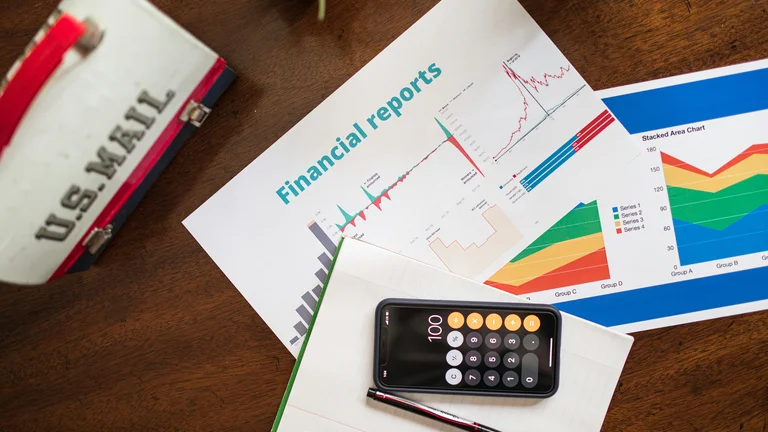Understanding Predictive Analytics

Predictive analytics refers to the techniques used to analyze current and historical data to make predictions about future events. In investing, this can mean analyzing stock prices, economic indicators, and market trends. The goal is to use data to foresee investment opportunities and risks, enabling smarter investment decisions.
At its core, predictive analytics relies on algorithms and statistical models. These tools sift through vast amounts of data to identify patterns and correlations that might not be evident to humans. With advancements in technology, machine learning and artificial intelligence have become integral parts of predictive analytics, allowing for even deeper insights.
The Role of Data in Predictive Models
Data plays a crucial role in building effective predictive models. Investors utilize diverse datasets, which can range from traditional financial metrics like earnings per share and price-to-earnings ratios to alternative data sources. Social media sentiment and web traffic can provide additional signals regarding market movements.
Quality of data is essential. Poor data can lead to inaccurate predictions, resulting in potential losses. Investors should prioritize reliable and relevant data sources. Companies are increasingly aware of the importance of data analytics. Many firms now employ data scientists who specialize in extracting actionable insights from complex datasets.
Common Predictive Analytics Techniques in Investing
Several techniques and methods enhance predictive analytics in the investing realm. Regression analysis is frequently employed to estimate relationships among variables and predict future returns. Machine learning algorithms can adapt and refine predictions as new data comes in, improving accuracy over time.
Time series analysis is another critical technique, where historical data is analyzed to predict future movements based on past trends. Investors might use this method to predict stock prices, commodity prices, or interest rates.
Challenges of Predictive Analytics
While predictive analytics offers valuable tools for investors, there are inherent challenges. Data privacy concerns can limit access to necessary datasets. Furthermore, the market is influenced by numerous unpredictable factors, such as geopolitical events or shifts in consumer behavior, which can skew predictive models.
The over-reliance on models could lead some investors to ignore fundamental analysis. Predictive models must be used in conjunction with solid financial understanding to ensure balanced investment decisions.
The Future of Predictive Analytics in Investing
The landscape of investing is evolving rapidly due to advances in predictive analytics. The integration of big data and enhanced algorithms is paving the way for even more accurate forecasting models. Investors who embrace these technologies stand to gain a significant advantage.
As industries continue to evolve, predictive analytics will likely play a pivotal role in shaping investment strategies, guiding both institutional and individual investors. Embracing a data-driven approach will be essential for adapting to future market dynamics.
| Aspect | Traditional Investment | Predictive Analytics |
|---|---|---|
| Data Usage | Primarily relies on historical data | Utilizes a combination of traditional and alternative datasets |
| Prediction Accuracy | Based on fundamental analysis and market news | Employs algorithms for enhanced accuracy |
| Adaptability | Static approach | Dynamic, adjusts with new data |
| Decision-Making | Emphasizes human judgment | Data-driven insights |
| Technology | Minimal reliance | Heavily incorporates AI and machine learning |
FAQ - Predictive Analytics in Investing
What is predictive analytics?
Predictive analytics is the practice of using statistical techniques and machine learning to analyze historical data and make predictions about future outcomes.
How is predictive analytics used in investing?
Investors use predictive analytics to forecast stock prices, assess market trends, and identify potential investment opportunities based on data patterns.
What data is needed for predictive analytics?
Investors generally require a mix of historical market data, financial metrics, and alternative data such as social media sentiment for effective predictive analytics.
What are the limitations of predictive analytics?
Limitations include data quality issues, privacy concerns, and the unpredictability of market factors that can affect the accuracy of predictions.
Will predictive analytics replace traditional investing methods?
While predictive analytics enhances investment strategies, it is not expected to replace traditional methods. A combination of data analysis and fundamental analysis remains crucial for informed decision-making.
Predictive analytics in investing involves using historical and current data to forecast future market trends. By employing algorithms and statistical models, investors gain insights that improve decision-making and strategy development, helping to navigate the complexities of financial markets effectively.
Conclusão sobre Predictive Analytics in Investing.